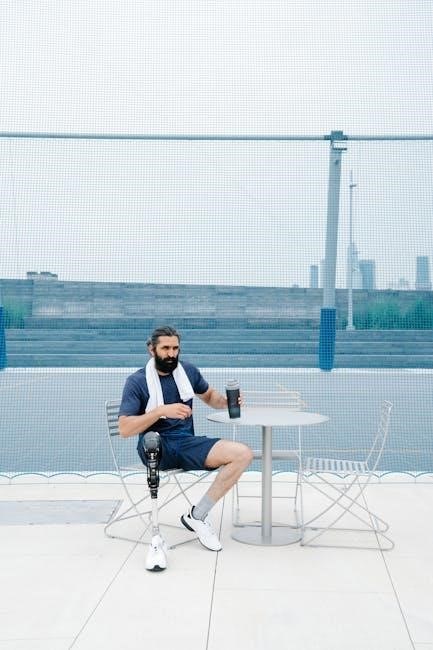seated leg exercises pdf
- Published
- in PDF
Seated Leg Exercises: A Comprehensive Guide
This guide provides a comprehensive overview of seated leg exercises, offering a convenient way to strengthen and improve mobility. These exercises can be performed by individuals of all fitness levels. They are particularly beneficial for those with limited mobility or recovering from injuries.
Seated leg exercises offer a practical and accessible approach to maintaining lower body strength and flexibility, particularly for individuals who spend extended periods sitting or have mobility limitations. These exercises can be easily incorporated into daily routines, whether at home, in the office, or during travel, requiring minimal equipment and space. They provide a gentle yet effective way to engage leg muscles, improve circulation, and enhance overall well-being.
The beauty of seated leg exercises lies in their adaptability. They can be modified to suit different fitness levels and individual needs. For beginners, simple movements like leg extensions and heel raises can be a great starting point. As strength improves, resistance bands or light weights can be added to increase the challenge. Furthermore, seated leg exercises are a safe and effective option for individuals recovering from injuries or managing chronic conditions like arthritis. By performing these exercises regularly, individuals can experience improved muscle tone, increased range of motion, reduced stiffness, and enhanced overall quality of life. Remember to consult with a healthcare professional before starting any new exercise program, especially if you have underlying health conditions.
Benefits of Seated Leg Exercises
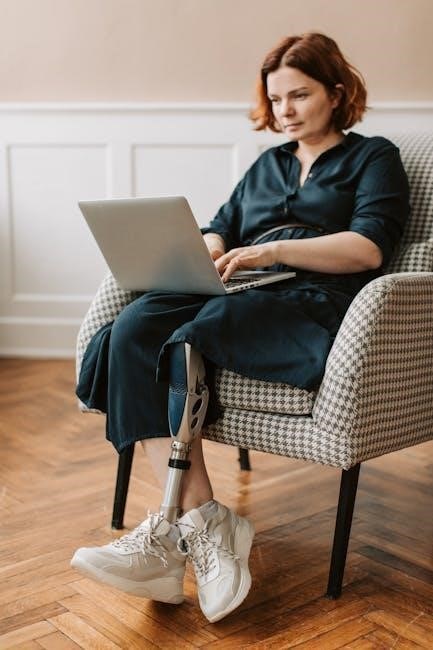
Seated leg exercises offer a multitude of benefits for individuals of all ages and fitness levels. Primarily, they improve lower body strength and muscle tone, particularly in the quadriceps, hamstrings, and calf muscles. Regular performance of these exercises can lead to increased leg power, making everyday activities like walking and climbing stairs easier. Moreover, seated leg exercises enhance joint mobility and flexibility, reducing stiffness and discomfort in the knees and ankles. This can be especially beneficial for individuals with arthritis or other joint conditions.
Beyond physical benefits, seated leg exercises also promote improved circulation in the lower extremities. This can help prevent swelling, reduce the risk of blood clots, and alleviate symptoms of varicose veins. Furthermore, these exercises can contribute to better posture and core stability. Engaging the core muscles during seated leg exercises helps support the spine and improve overall balance. Finally, seated leg exercises provide a convenient and low-impact way to stay active, even when mobility is limited. They can be easily incorporated into daily routines, making them an ideal choice for individuals seeking to maintain their fitness levels in a comfortable and accessible manner. Remember to listen to your body and consult with a healthcare professional if you have any concerns.
Chair Setup and Posture
Proper chair setup and posture are crucial for maximizing the benefits and minimizing the risk of injury during seated leg exercises. Begin by selecting a sturdy chair with a firm seat and back support. Ideally, the chair should have armrests to provide additional stability. Position the chair on a level surface, ensuring it doesn’t wobble or slide. Adjust the chair’s height so that your feet are flat on the floor and your knees are bent at a 90-degree angle. If your feet don’t reach the floor, use a footrest or a stack of books to elevate them.
Maintain a straight back throughout the exercises, engaging your core muscles to support your spine. Avoid slouching or leaning forward, as this can strain your back and neck. Keep your shoulders relaxed and your head in a neutral position. Distribute your weight evenly across your sit bones, avoiding any pressure points. If you have difficulty maintaining good posture, consider using a lumbar support cushion or a rolled-up towel to support your lower back. Remember to take breaks and stretch your muscles regularly to prevent stiffness and discomfort. Prioritizing proper chair setup and posture will ensure a safe and effective workout.
Seated Knee Extension (Leg Straightening)
The seated knee extension is an effective exercise for strengthening the quadriceps muscles, which are located on the front of your thigh. To perform this exercise, sit at the edge of your chair with your feet flat on the floor. Ensure your back is straight and your core is engaged to maintain proper posture. Extend one leg straight out in front of you, tightening your thigh muscle and pulling your toes up towards your shin. Hold this position for approximately 5 seconds, focusing on the contraction in your quadriceps.
Slowly lower your leg back to the starting position, controlling the movement to prevent any sudden drops. Repeat this exercise 10-15 times on each leg, alternating between legs. Throughout the exercise, maintain a steady breathing pattern, inhaling as you lower your leg and exhaling as you extend it. Avoid locking your knee at the top of the extension to prevent joint strain. If you find the exercise too easy, you can add resistance by using an ankle weight or a resistance band looped around your ankle. Remember to listen to your body and stop if you experience any pain.
Seated Leg Circles
Seated leg circles are a gentle yet effective exercise to improve hip mobility and circulation in the legs. Begin by sitting at the edge of a chair with your back straight and your feet flat on the floor. Extend one leg slightly in front of you, keeping the knee relatively straight but not locked. Engage your core muscles to maintain stability throughout the exercise.
Initiate the leg circle by slowly moving your extended leg in a small, controlled circular motion. Focus on using your hip joint to guide the movement, rather than relying on momentum. Perform the circles in a clockwise direction for 10-15 repetitions, then switch to a counter-clockwise direction for the same number of repetitions. Repeat the sequence with the opposite leg. It’s important to maintain a smooth and fluid motion throughout the exercise, avoiding any jerky or abrupt movements. If you experience any discomfort or pain, reduce the size of the circles or stop the exercise altogether. Breathe deeply and evenly throughout the exercise to promote relaxation and oxygen flow.
Seated Marching
Seated marching is a dynamic exercise that mimics the motion of walking while seated, engaging your leg muscles and improving circulation. Begin by sitting upright in a chair with your feet flat on the floor. Ensure your back is straight and your core is engaged to maintain good posture throughout the exercise. You can use a chair with or without armrests, depending on your preference and stability.
Start the marching motion by lifting one knee towards your chest, as if you were taking a step while walking. Alternate lifting each knee in a rhythmic fashion. Keep your movements controlled and deliberate, focusing on engaging your thigh and hip flexor muscles. Breathe deeply and evenly throughout the exercise to maintain a steady pace and promote relaxation. Aim for 15-20 repetitions on each leg, alternating between legs continuously. As you become more comfortable, you can gradually increase the height of your knee lift or the speed of the marching motion to increase the intensity. Remember to listen to your body and stop if you experience any pain or discomfort.
Seated Knee Lifts
Seated knee lifts are a simple yet effective exercise for strengthening your quadriceps and hip flexors while seated. Begin by sitting upright in a chair with your feet flat on the floor. Maintain good posture with your back straight and your core engaged. You can use a chair with or without armrests, depending on your preference and balance.
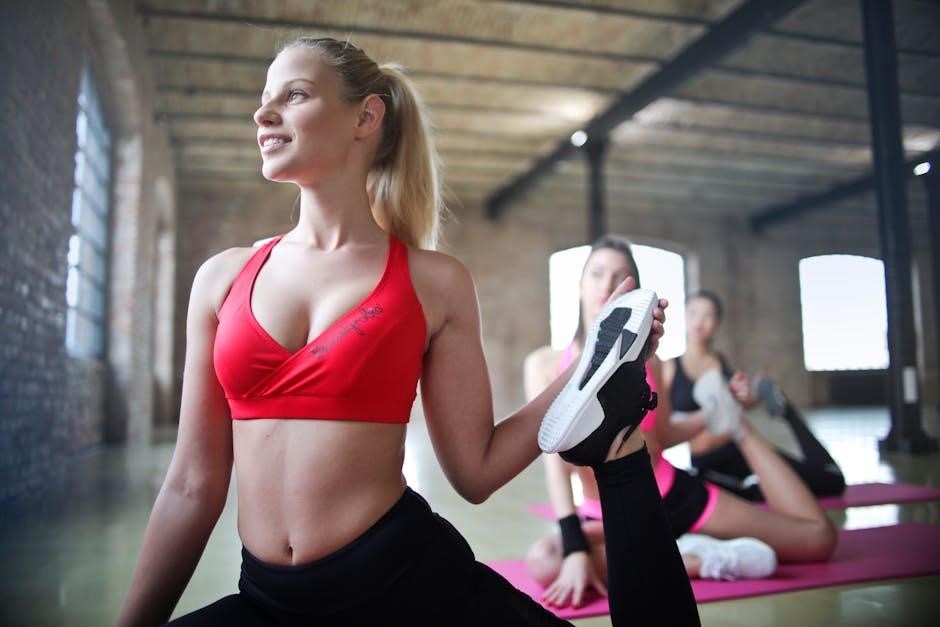
To perform the exercise, lift one knee towards your chest, keeping your foot off the floor. Focus on using your thigh muscles to lift your leg, rather than relying on momentum. Hold the lifted position for a brief moment, feeling the contraction in your quadriceps and hip flexors. Slowly lower your leg back to the starting position, controlling the movement as you descend. Repeat the knee lift with the opposite leg, alternating between legs for the desired number of repetitions. Aim for 10-15 repetitions on each leg. As you progress, you can increase the challenge by adding ankle weights or holding the lifted position for a longer duration. Remember to breathe evenly throughout the exercise and stop if you experience any pain or discomfort.
Seated Heel Raises
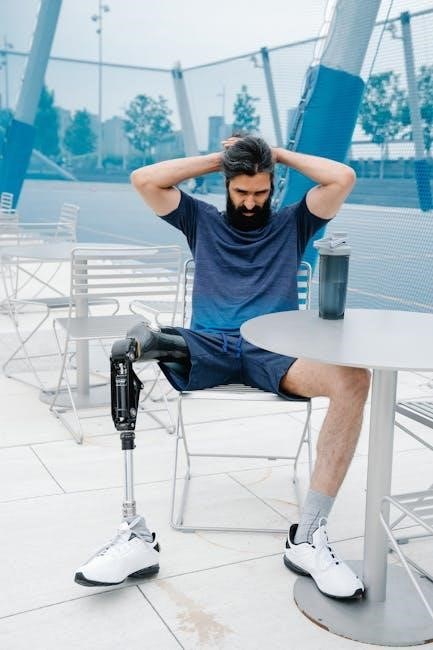
Seated heel raises are an excellent exercise for strengthening your calf muscles while seated, making them accessible for nearly everyone. Begin by sitting upright in a chair with your feet flat on the floor. Ensure that your posture is correct, maintaining a straight back and engaged core. You can use a chair with or without armrests, depending on your balance and comfort.
To perform the exercise, keep your toes on the floor and lift your heels up as high as comfortably possible. Focus on engaging your calf muscles to lift your body, rather than relying on momentum. Hold the raised position for a brief moment, feeling the contraction in your calf muscles. Slowly lower your heels back to the starting position, controlling the movement as you descend. Repeat the heel raise for the desired number of repetitions, aiming for 15-20 repetitions. As you progress, you can increase the challenge by adding weight to your lap or holding the raised position for a longer duration. Remember to breathe evenly throughout the exercise and stop if you experience any pain or discomfort.
Seated Leg Abduction and Adduction
Seated leg abduction and adduction exercises target the muscles on the outer and inner thighs, contributing to improved hip stability and leg strength. Begin by sitting upright in a chair, ensuring your back is straight and your feet are flat on the floor. For leg abduction, slowly move one leg out to the side, away from your body, as far as is comfortable without straining. Focus on using the muscles on the outside of your thigh to control the movement.
Then, slowly bring the leg back to the starting position. Repeat this movement for the desired number of repetitions before switching to the other leg. For leg adduction, you can use a resistance band looped around your ankles to increase the challenge. Squeeze your legs together, working against the resistance of the band, and then slowly release. Ensure that your movements are controlled and deliberate, focusing on engaging the correct muscles. Aim for 10-15 repetitions on each leg for both abduction and adduction. Remember to maintain proper posture throughout the exercise and breathe evenly.
Breathing Techniques During Exercise
Proper breathing is crucial during any exercise, including seated leg exercises, as it ensures adequate oxygen supply to the muscles and helps maintain a steady rhythm. Coordinating your breath with your movements can enhance performance and prevent unnecessary strain. A general guideline is to inhale during the less strenuous part of the exercise and exhale during the more challenging part. For example, when performing a seated knee extension, inhale as you lower your leg and exhale as you extend it.
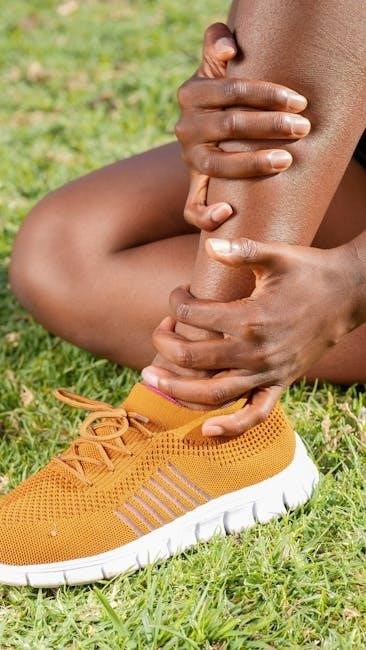
Focus on deep, diaphragmatic breathing, where you expand your abdomen as you inhale, rather than just your chest. This type of breathing helps to fully oxygenate your blood and promote relaxation. Avoid holding your breath, as this can increase blood pressure and lead to dizziness. If you find yourself struggling to breathe properly, slow down the exercise or reduce the resistance. Pay attention to your body and adjust your breathing as needed. Remember, consistent and controlled breathing is key to maximizing the benefits of your seated leg exercises and maintaining overall well-being.
Frequency and Repetition Recommendations
To achieve optimal results with seated leg exercises, it’s important to establish a consistent routine. A general recommendation is to perform these exercises 3-5 times per week, allowing for rest days in between to allow your muscles to recover. When starting, aim for 10-12 repetitions of each exercise per set. As you gain strength and endurance, you can gradually increase the number of repetitions to 15-20 per set.
Consider performing 2-3 sets of each exercise, with a brief rest period of 30-60 seconds between sets. It’s crucial to listen to your body and avoid pushing yourself too hard, especially when you’re first starting. If you experience any pain, stop the exercise and consult with a healthcare professional; Remember that consistency is key, so aim to gradually increase the frequency, repetitions, and sets as you become more comfortable and stronger. Adjust the program depending on your fitness level!
